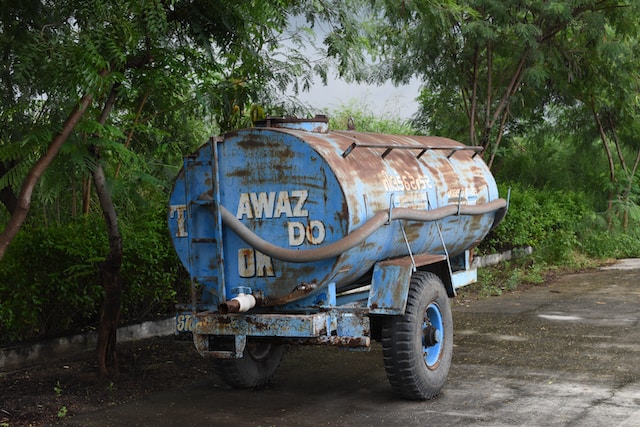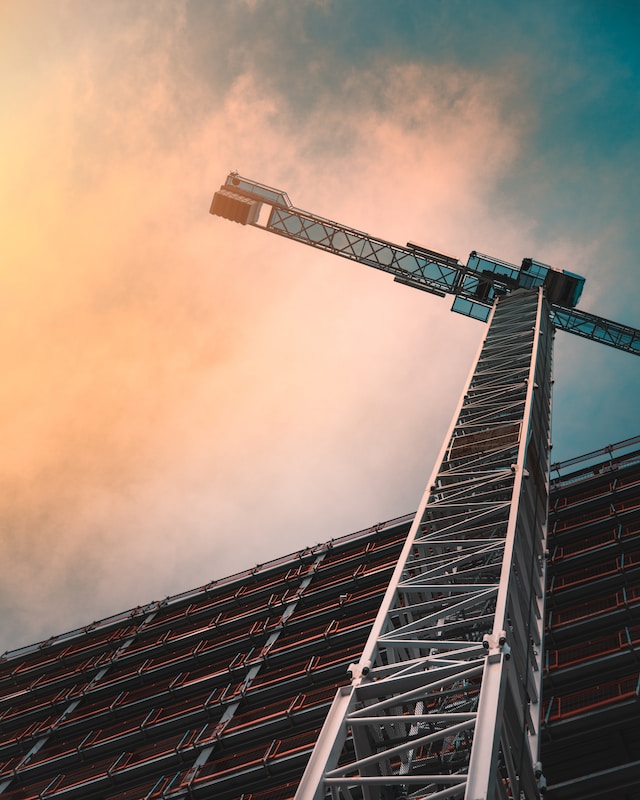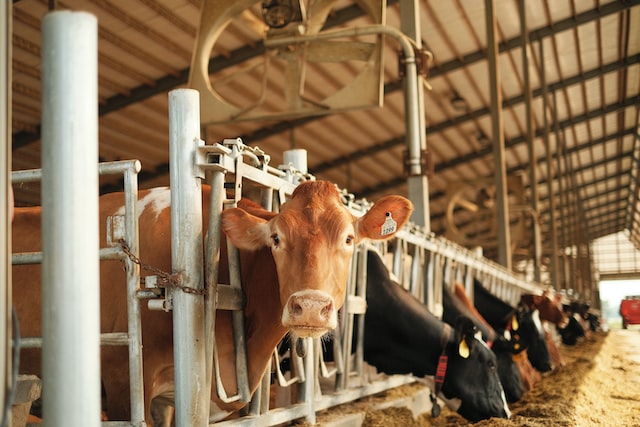Turf maintenance is a job that requires attention to detail. If you hire the right company, your lawn will look better.
Kids love to play outdoors, but mud and allergies can keep them from enjoying their gardens. Children can play safely without soil or allergens when DIY turf is installed.
They Have the Right Tools
Many times, when your artificial turf gets stains from food, drinks or other natural occurrences, the best way to get rid of them is by using a water hose. This gardening tool allows you to rinse your turf, making turf maintenance Kent easier.
Synthetic grass is popular among homeowners who need less time or energy to manage a natural lawn. It’s also a great option for areas where it’s difficult to grow real grass, such as rooftops, steeply sloping ground, indoors or inaccessible locations.
In addition to being easy to maintain, synthetic lawns save money on expensive equipment and chemical treatments. They’re also eco-friendly, especially in drought-plagued regions. For these reasons, more and more homes, schools and municipalities are removing organic grass lawns and installing DIY artificial turf. This saves time, money and resources and allows families to enjoy the benefits of a lush, beautiful garden. It can even eliminate allergies for kids and pets in Kent, WA.
They Have Experience
Whether your lawn needs a simple lawn care service or an extensive renovation, you want the best results. Professional turf services have the experience and training to provide a lush and healthy landscape to enhance your property’s value and curb appeal.
Synthetic turf eliminates the need for gas-powered grass lawn equipment and is less environmentally damaging than real grass, especially in areas where water restrictions are enforced. It also eliminates the need for harmful chemicals commonly used in conventional lawn practices.
Overseeding introduces new grass varieties, fills thin or bare spots, and encourages higher turf density and a lush appearance when combined with aeration. It also reduces soil compaction and prevents disease by allowing more air and water to reach the root system of existing grass. It helps to control weeds by eliminating their ability to take hold in thin and sandy soils, and it improves your lawn’s resistance to stormwater runoff and drought.
They Are More Convenient
There are many reasons to renovate your home, such as making it more energy-efficient or adding a new space. But another reason to renovate is to make your yard look better. A beautiful garden can increase your property value. Fortunately, there are plenty of ways to do this. One popular option is to install fake grass in Kent, WA. This synthetic turf looks and feels like real grass but requires far less maintenance. It is more eco-friendly than natural grass, especially in water-district areas.
Also, kids can play on it without worrying about mud patches or allergies. This means they can enjoy their garden more. Additionally, affordable weed control and lawn fertilization services can help you keep your lawn healthy and vibrant. Unlike conventional lawn care practices, these services don’t use harmful chemicals and instead focus on the root of the problem. This helps to foster darker and healthier turf grass that lasts longer.
They Are More Affordable
Lawn maintenance services are much more affordable than buying and using lawn care equipment, fertilizers, grass seed, weed control, and other landscaping products that are often ineffective and can cause damage to the soil around the home. Professionals know how to use traditional and organic lawn care practices that foster darker, thicker, more drought-tolerant turf grass.
A renovation of your property can be a great way to add value to the house and give you new space you can repurpose in any number of ways. However, it’s important to remember that your lawn is just as crucial to the renovation process as any other home part. To make your renovations successful, contact a professional lawn care service. They can help you save time and money and ensure your lawn is lush, green, and beautiful year-round.
Turf maintenance is a job that requires attention to detail. If you hire the right company, your lawn will look better.
Kids love to play outdoors, but mud and allergies can keep them from enjoying their gardens. Children can play safely without soil or allergens when DIY turf is installed.
They Have the Right Tools
Many times, when your artificial turf gets stains from food, drinks or other natural occurrences, the best way to get rid of them is by using a water hose. This gardening tool allows you to rinse your turf, making turf maintenance Kent easier.
Synthetic grass is popular among homeowners who need less time or energy to manage a natural lawn. It’s also a great option for areas where it’s difficult to grow real grass, such as rooftops, steeply sloping ground, indoors or inaccessible locations.
In addition to being easy to maintain, synthetic lawns save money on expensive equipment and chemical treatments. They’re also eco-friendly, especially in drought-plagued regions. For these reasons, more and more homes, schools and municipalities are removing organic grass lawns and installing DIY artificial turf. This saves time, money and resources and allows families to enjoy the benefits of a lush, beautiful garden. It can even eliminate allergies for kids and pets in Kent, WA.
They Have Experience
Whether your lawn needs a simple lawn care service or an extensive renovation, you want the best results. Professional turf services have the experience and training to provide a lush and healthy landscape to enhance your property’s value and curb appeal.
Synthetic turf eliminates the need for gas-powered grass lawn equipment and is less environmentally damaging than real grass, especially in areas where water restrictions are enforced. It also eliminates the need for harmful chemicals commonly used in conventional lawn practices.
Overseeding introduces new grass varieties, fills thin or bare spots, and encourages higher turf density and a lush appearance when combined with aeration. It also reduces soil compaction and prevents disease by allowing more air and water to reach the root system of existing grass. It helps to control weeds by eliminating their ability to take hold in thin and sandy soils, and it improves your lawn’s resistance to stormwater runoff and drought.
They Are More Convenient
There are many reasons to renovate your home, such as making it more energy-efficient or adding a new space. But another reason to renovate is to make your yard look better. A beautiful garden can increase your property value. Fortunately, there are plenty of ways to do this. One popular option is to install fake grass in Kent, WA. This synthetic turf looks and feels like real grass but requires far less maintenance. It is more eco-friendly than natural grass, especially in water-district areas.
Also, kids can play on it without worrying about mud patches or allergies. This means they can enjoy their garden more. Additionally, affordable weed control and lawn fertilization services can help you keep your lawn healthy and vibrant. Unlike conventional lawn care practices, these services don’t use harmful chemicals and instead focus on the root of the problem. This helps to foster darker and healthier turf grass that lasts longer.
They Are More Affordable
Lawn maintenance services are much more affordable than buying and using lawn care equipment, fertilizers, grass seed, weed control, and other landscaping products that are often ineffective and can cause damage to the soil around the home. Professionals know how to use traditional and organic lawn care practices that foster darker, thicker, more drought-tolerant turf grass.
A renovation of your property can be a great way to add value to the house and give you new space you can repurpose in any number of ways. However, it’s important to remember that your lawn is just as crucial to the renovation process as any other home part. To make your renovations successful, contact a professional lawn care service. They can help you save time and money and ensure your lawn is lush, green, and beautiful year-round.











